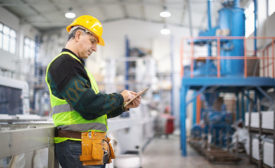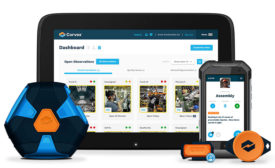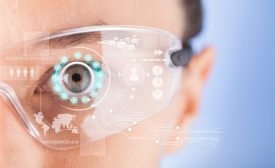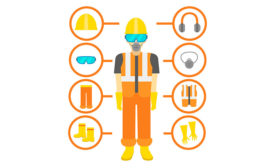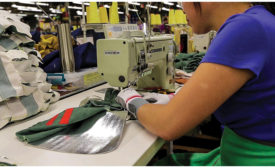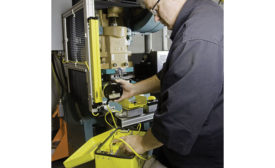Home » smart technology
Articles Tagged with ''smart technology''
Safety Technology
A standard for connected worker issues?
Read More
Safety Technology
The techno takeover will be a lengthy process in safety
December 3, 2019
Artificial intelligence will be a huge competitive asset
What you need to know about the “Smart” factory
August 1, 2019
Great potential to reduce exposures and injuries, but there are concerns
Smart glasses, safer workers?
June 4, 2019
PPE makes use of smart sensor technology
Clever clothing innovations are making PPE use more acceptable, with more versatile applications.
May 21, 2019
Networked high-tech sensors to the rescue
Smart lighting and signage could provide emergency information in case of fire
February 7, 2019
Get our new eMagazine delivered to your inbox every month.
Stay in the know on the latest safety trends.
SUBSCRIBE TODAYCopyright ©2024. All Rights Reserved BNP Media.
Design, CMS, Hosting & Web Development :: ePublishing
